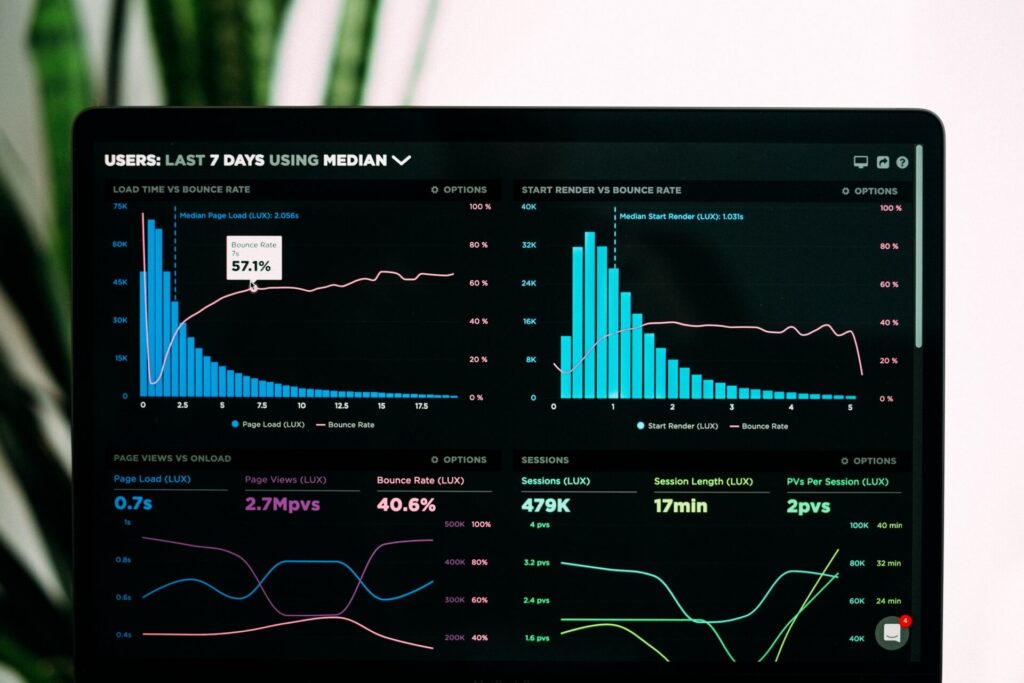
Predictive Analytics is the use of data, statistical algorithms, and machine learning techniques to identify the likelihood of future outcomes based on historical data.
The goal of predictive analytics is to use past performance to predict future performance, and it can be applied in a wide range of fields.
Definition of Predictive Analytics
Predictive analytics is the branch of data mining that uses historical data to identify patterns and relationships and make predictions about future events. However, It is a powerful tool that helps organizations to make data-driven decisions, improve efficiency, and reduce costs.
Predictive analytics uses a variety of techniques, including statistical algorithms, machine learning, and data visualization, to analyze data and make predictions about future outcomes.
The process of predictive analytics typically involves several steps- collecting and cleaning data, selecting appropriate models, training the models, and evaluating the performance of the models. In the first step, the data is collected from various sources and cleaned to ensure that it is accurate and relevant. In the second step, appropriate models are selected based on the nature of the data and the predictions that need to be made.
In the third step, the models are trained using the cleaned data, and the parameters of the models are adjusted to optimize performance. In the final step, the performance of the models is evaluated using various metrics, such as accuracy, precision, and recall. Based on the results, the models can be further fine-tuned to improve their performance.
Types of Predictive Analytics Models
There are many different types of predictive analytics models, each with its own strengths and weaknesses.
Linear Regression: Linear regression is a statistical method used to model the relationship between a dependent variable and one or more independent variables. It is used to predict a continuous outcome variable.
Logistic Regression: Logistic regression is a statistical method used to predict a binary outcome variable, such as the probability of a customer churning or not.
Decision Trees: Decision trees are a type of predictive model that creates a tree-like structure to represent decisions and their possible consequences.
Random Forest: Random forest is an ensemble learning method that combines multiple decision trees to improve the accuracy of predictions.
Neural Networks: Neural networks are a type of predictive model that mimics the structure and function of the human brain, they are often used to identify patterns in large datasets.
Business: Predictive analytics can be used in business to improve decision-making, increase efficiency, and reduce costs. It can be used to predict customer behavior, identify market trends, and optimize inventory management.
Healthcare: Predictive analytics can be used in healthcare to improve patient care and outcomes. It can be used to identify high-risk patients, predict disease outbreaks, and optimize treatment plans.
Finance: Predictive analytics can be used in finance to improve risk management, detect fraud, and develop personalized financial products and services.
Marketing: Predictive analytics can be used in marketing to target marketing efforts more effectively, leading to increased sales and revenue.
Advantages and Drawbacks
Predictive analytics has many advantages that make it a valuable tool for organizations. It can help improve decision-making, increase efficiency, and reduce costs. It can be used to predict customer behavior, identify market trends, and optimize inventory management.
It can also be used in healthcare to improve patient care and outcomes, in finance to improve risk management and detect fraud, and in manufacturing to optimize production processes and supply chain management. Additionally, Predictive analytics can also be used in other industries such as retail, logistics, and telecommunications.
One of the main drawbacks of predictive analytics is the quality of data. Predictive analytics relies heavily on the quality of data to make accurate predictions. If the data is biased, incomplete, or contains errors, the predictions made by the model may not be accurate. This can lead to false conclusions and poor decision-making.
Another drawback of predictive analytics is overfitting. Overfitting occurs when a model is trained too well on the training data and performs poorly on new, unseen data. This happens when the model is too complex and is able to fit the noise in the data. To avoid overfitting, it is important to use appropriate evaluation methods and simplify the model if necessary.
Conclusion
Predictive analytics is a field of data analysis that uses historical data and statistical algorithms to identify patterns and relationships and make predictions about future outcomes. It is a powerful tool that can be applied to a wide range of fields, including business, healthcare, finance, marketing, and manufacturing. Predictive analytics helps organizations to make data-driven decisions, improve efficiency, and reduce costs.
The process of predictive analytics involves collecting and cleaning data, selecting appropriate models, training the models, and evaluating the performance of the models. AI and Machine learning techniques and data visualization tools are often used to analyze data and make predictions. There are many different types of predictive analytics models, each with its own strengths and weaknesses. Some of the most common models include linear regression, logistic regression, decision trees, random forest, and neural networks.
In the business sector, predictive analytics can be used to improve decision-making, identify market trends, optimize inventory management, and target marketing efforts more effectively. In healthcare, it can be used to improve patient care and outcomes, identify high-risk patients, predict disease outbreaks, and optimize treatment plans.
In finance, it can be used to improve risk management, detect fraud, and develop personalized financial products and services. In manufacturing, it can be used to optimize production processes and supply chain management.
